Additional information
| Weight | 0.45 kg |
|---|---|
| Dimensions | 55 × 55 × 20 mm |
| Devonshire Tin | Dartmoor holds a very distinguished position in the industrial history of England. For at least 800 years, from the 12th to the 20th century, tinners worked in harsh conditions on the moor searching out ore which was smelted in ‘blowing mills’ to form soft, silvery metal, used in the manufacture of pewter and other goods. At times, hundreds of tinworks existed and hundreds of men were employed. Their legacy today is an unrivaled archaeological landscape to be explored. The tinners divided the moor into four tin working ‘stannaries’ (Chagford, Ashburton, Plympton and Tavistock) and made their own laws in a great court or parliament, which met in the open air on windswept Crockerntor. The earliest known assembly was in 1474. The tin used for this paperweight was produced in the the last tin smelting house in Devon – at Weir Quay on the River Tamar. It was operated by the Tamar Tin Smelting Company which closed down in 1890. This tin was put on board the S.S. Cheerful which sank early in the morning of 20th July 1885 when it was run down in thick fog by a torpedo ship H.M.S. Hecla, off St. Ives. Skilfully recovered from the sea bed by divers, some of the ingots have been remelted by the Plymouth Mint (now Bigbury Mint) to make these stunning reminders of the heritage of Devon and its tinners. |





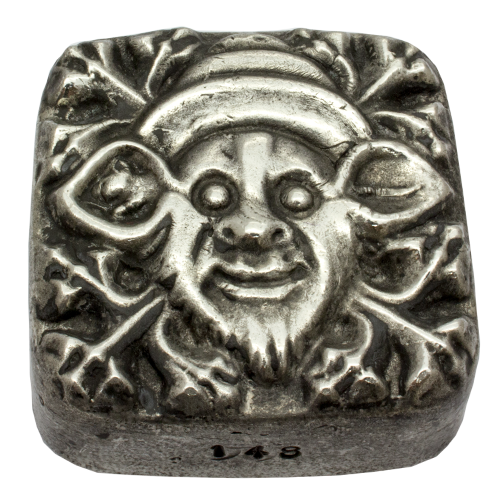
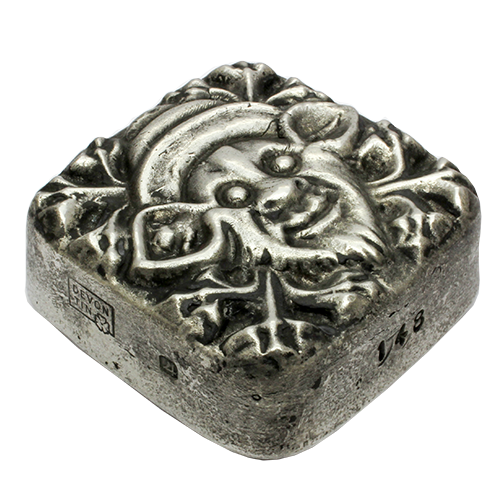

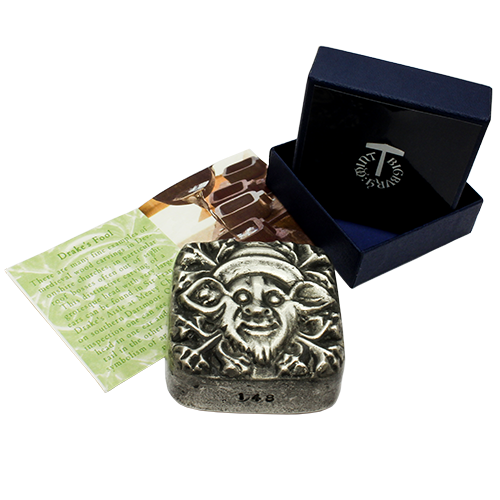
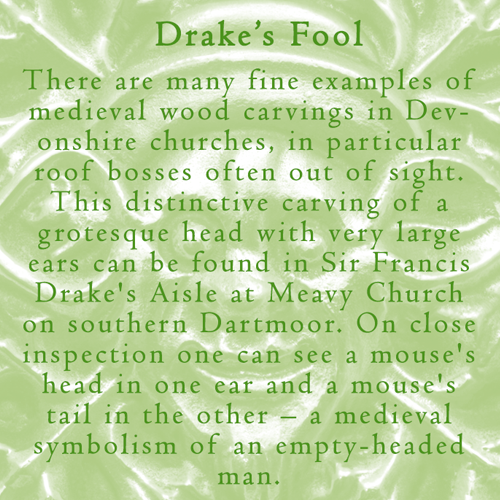
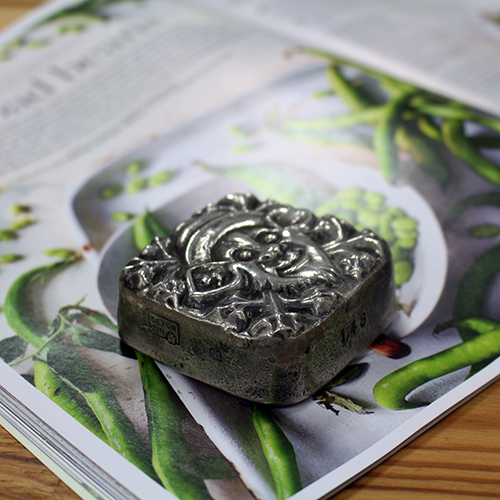
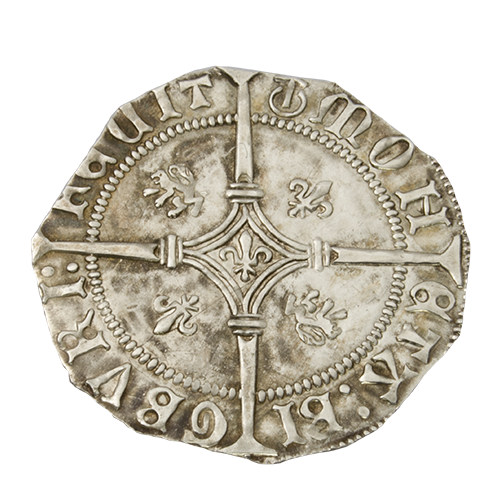
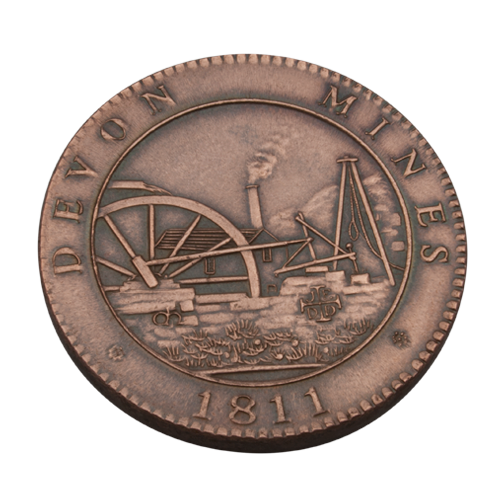
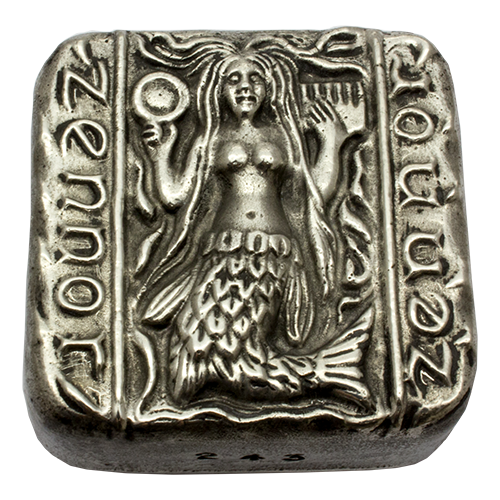
 Medal mounting swing style is the more traditional method of mounting medals. Swing Style or ordinary style mounted medals are mounted on a medal brooch bar which can then be pinned to your tunic directly, through becketts or attached to a pocket holder. This style of medal mounting allows the medals to move or ‘swing’ when worn. Over time, the edge of the medals can become damaged due to the medals “clinking” together.
Medal mounting swing style is the more traditional method of mounting medals. Swing Style or ordinary style mounted medals are mounted on a medal brooch bar which can then be pinned to your tunic directly, through becketts or attached to a pocket holder. This style of medal mounting allows the medals to move or ‘swing’ when worn. Over time, the edge of the medals can become damaged due to the medals “clinking” together.
 Medal mounting court style is alleged to have began during the reign of Queen Victoria. Those attending the Queen would wear medals court mounted to stop them “clinking”. Other sources suggest that the Cavalry first adopted the practice. Either way, this style of medal mounting is becoming more popular. Court mounted medals are fixed to a rigid backing material called buckram. The buckram is then covered in a felt material before the medals are mounted on their own ribbon length. This style of medal mounting holds the medals firmly in place and prevents them ‘clinking’ together and damaging each other when worn.
Medal mounting court style is alleged to have began during the reign of Queen Victoria. Those attending the Queen would wear medals court mounted to stop them “clinking”. Other sources suggest that the Cavalry first adopted the practice. Either way, this style of medal mounting is becoming more popular. Court mounted medals are fixed to a rigid backing material called buckram. The buckram is then covered in a felt material before the medals are mounted on their own ribbon length. This style of medal mounting holds the medals firmly in place and prevents them ‘clinking’ together and damaging each other when worn.


 Medals are mounted ready for wear and then placed on a block within the frame. This allows for the easy removal and replacement of the medals as required, meaning they can be removed for wear on parade or for cleaning.
Medals are mounted ready for wear and then placed on a block within the frame. This allows for the easy removal and replacement of the medals as required, meaning they can be removed for wear on parade or for cleaning. The medals will hang from the block at a slight angle much as they would if they were being worn on the chest.
The medals will hang from the block at a slight angle much as they would if they were being worn on the chest.
 Medals are not mounted ready for wear and instead are placed flat against the frame backing with the medal ribbon secured through a slot. This means that the medals cannot be removed from the frame and cannot be worn.
Medals are not mounted ready for wear and instead are placed flat against the frame backing with the medal ribbon secured through a slot. This means that the medals cannot be removed from the frame and cannot be worn.




